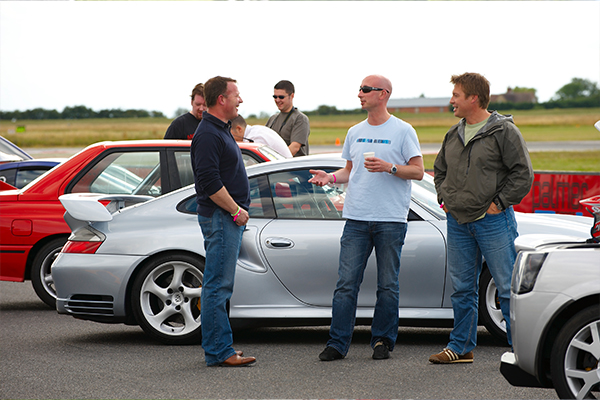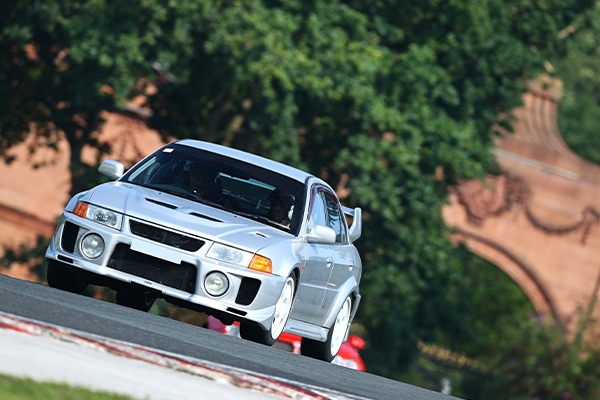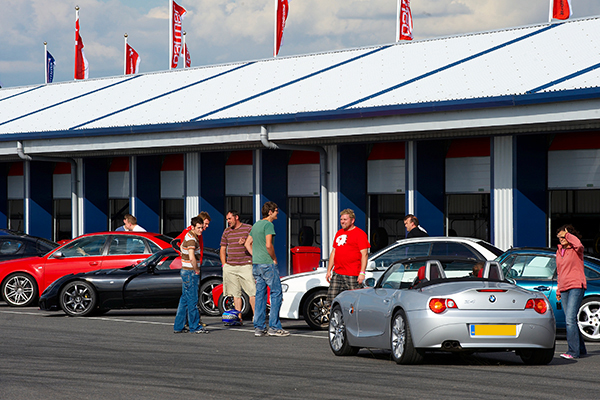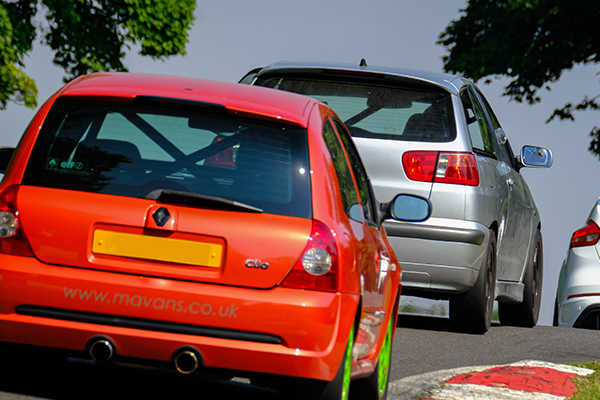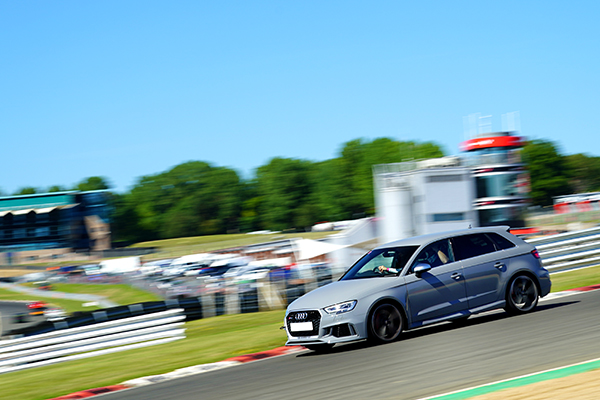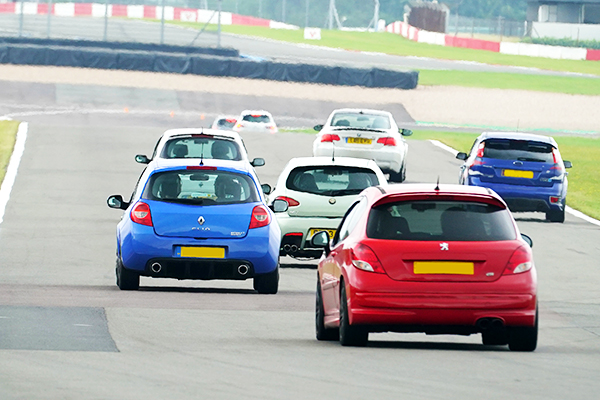What equipment do I need?
In basic terms, there’s really only three things you need in order to take part in a trackday. These are:
- A valid driving licence
- A roadworthy vehicle
- Helmet
First of all, you must be aged over 17 and hold a valid driving licence issued by the DVLA or the equivalent licensing authority in the driver’s country of residence.
Your car must conform to MOT minimum standards for road use and have working seatbelts. It’s a good idea to have a towing eye fitted too! At most venues, a static noise test will be required.
Finally, a suitable helmet must be worn when driving, and legs fully covered. Some trackday operators will have helmet hire available, or you may want to buy your own in advance of the event. Make sure that the helmet is snug, and not too loose.

